Start Exploring Keyword Ideas
Use Serpstat to find the best keywords for your website
What are triggers in marketing and how to use them
What is a trigger?
Marketers use the instincts of customers to unobtrusively manage their actions and arouse the desire to make spontaneous and rash purchases.
At the same time, it is important to maintain balance so that excessively aggressive advertising doesn't cause the user to feel spam, attempts to primitively manipulate and entice money:

If the organization offers a real way to earn money, then it's worth to indicate in detail what kind of work in question.
When used correctly, the triggers placed on the website contribute to the following customer actions:
- purchases and service orders;
- registration on the web resource;
- email subscriptions;
- turning customers into brand followers;
- reposts of website content in social networks;
- improving behavioral factors on the website, which will positively affect the ranking of the project in search engines;
- downloading mobile applications, etc.
Trigger types
Negative triggers lead to asocial and uncontrolled behavior. For example, the effect of a panic crowd during emergencies.
The triggers used in marketing and advertising are difficult to attribute to negative or positive, since in this case, the assessment depends on the specific situation and what they are trying to sell with the help of them.
- objects and situations of the external world that cause emotional reactions based on past experience;
- irritants that affect the senses: smells, sounds, colors, tactile sensations, visual images;
- verbal impact: some words can greatly affect human behavior;
- internal triggers: memories, night dreams, and dreams.
Triggers in psychology
The psychological mechanism for the emergence and consolidation of the connection between the trigger and a certain emotional reaction is similar to the formation of conditioned reflexes, habits, and skills.
The difference is that it's not so much repetition of the stimulus and reaction that is important as emotional reinforcement. In a force majeure situation, the trigger may form after a single event that caused a mental trauma.
For example, a race car driver after having been in a serious accident may experience panic after hearing the noise of a race car engine. Such psychological triggers are associated with individual experience, and there can be no single emotional reaction for each person.
The triggers that are used in marketing are not associated with such pronounced negative emotions and don't affect the psyche destructively.
Triggers in marketing
The most popular triggers in advertising




Trigger words
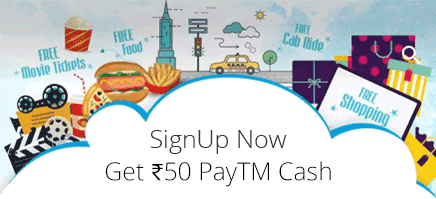
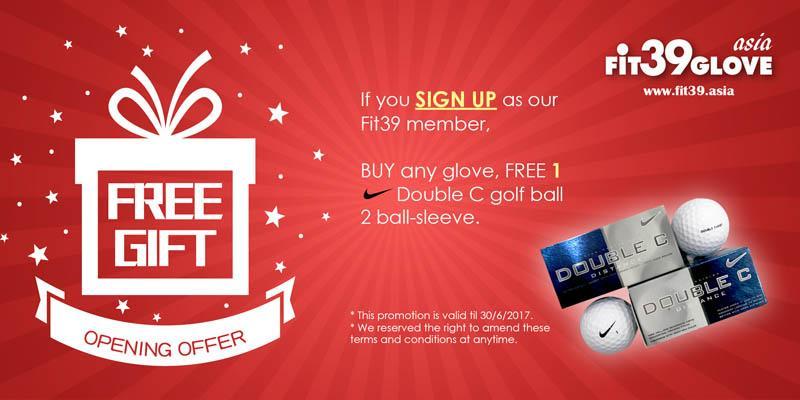
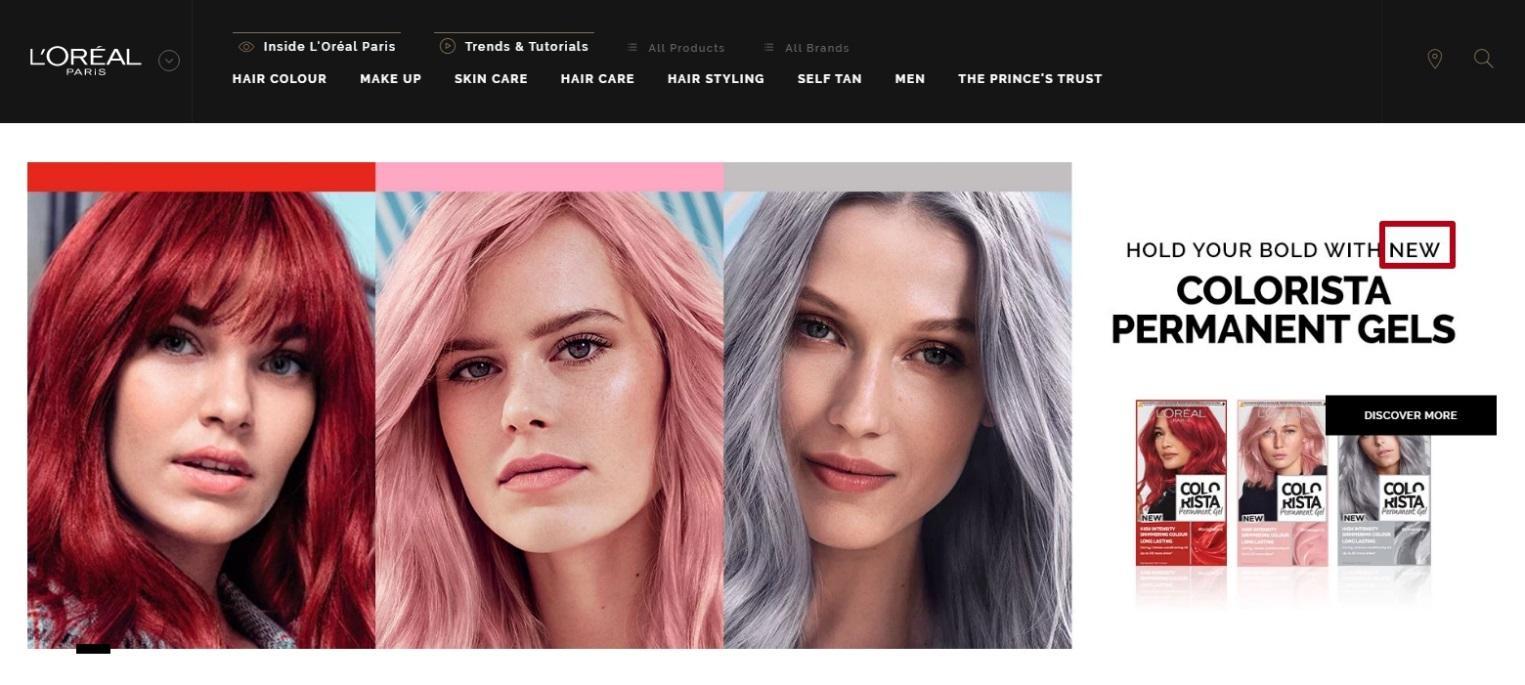
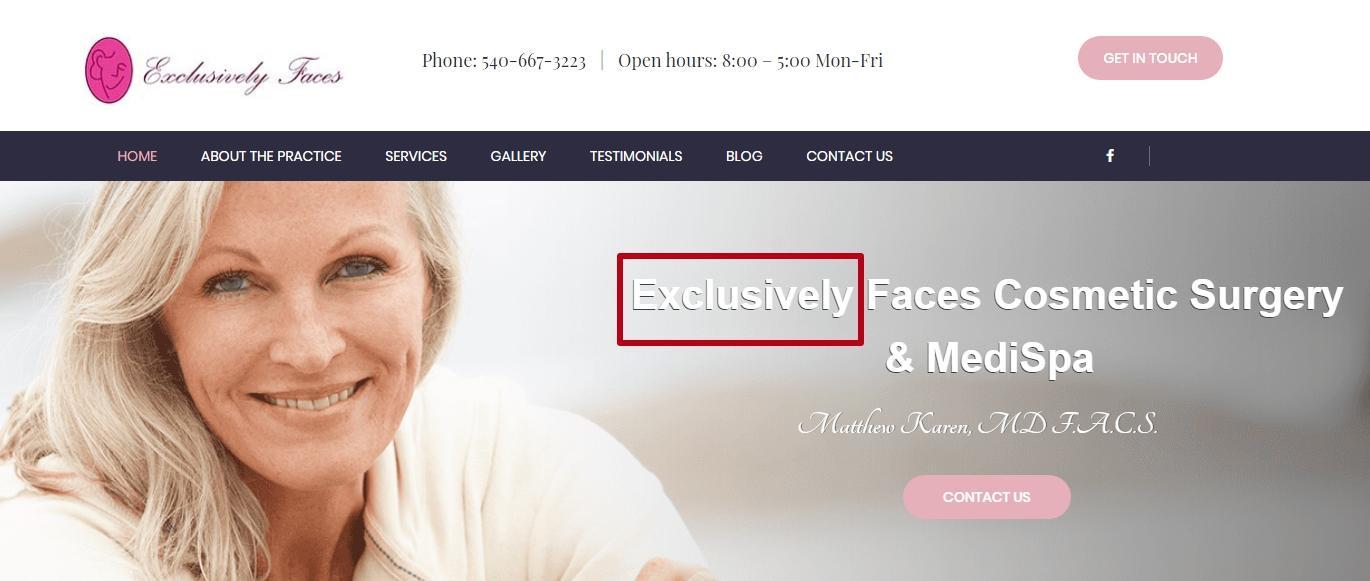
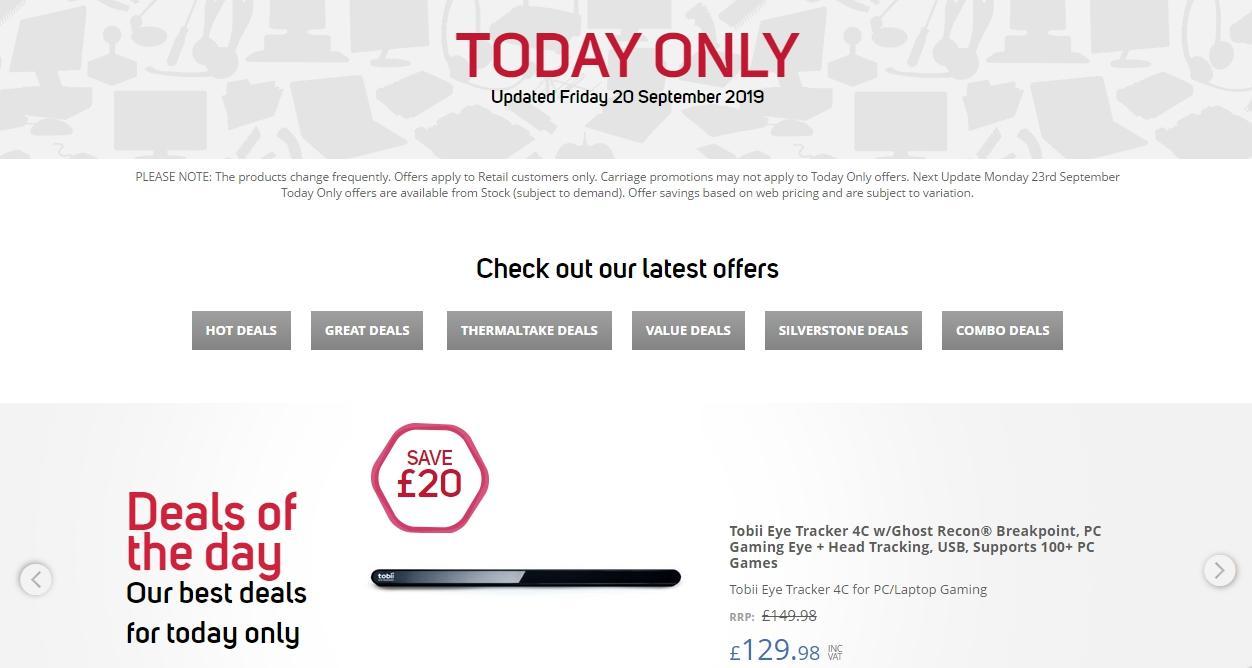
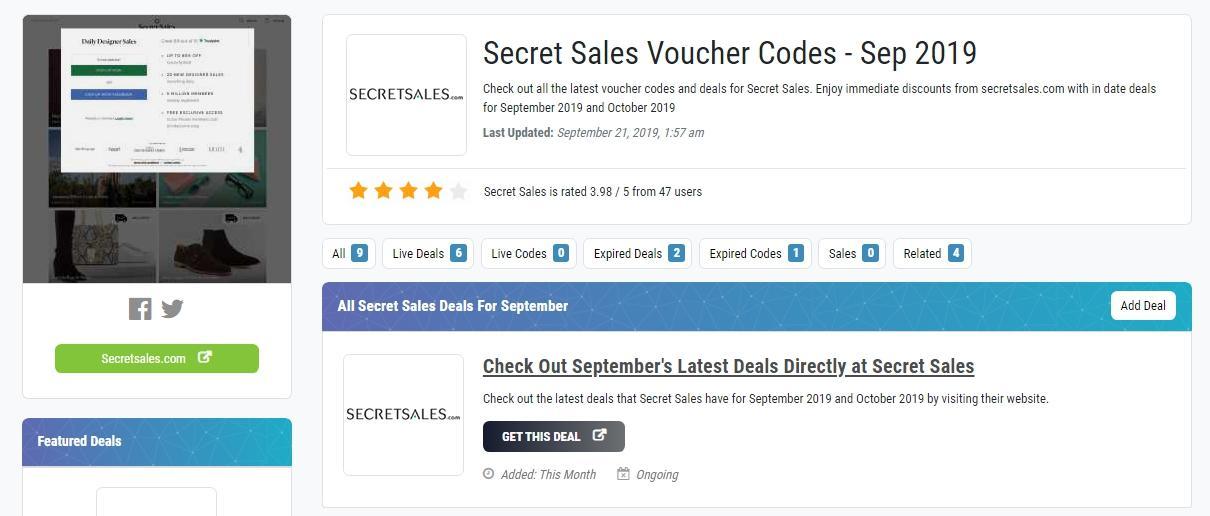




Selling triggers: examples of use on websites
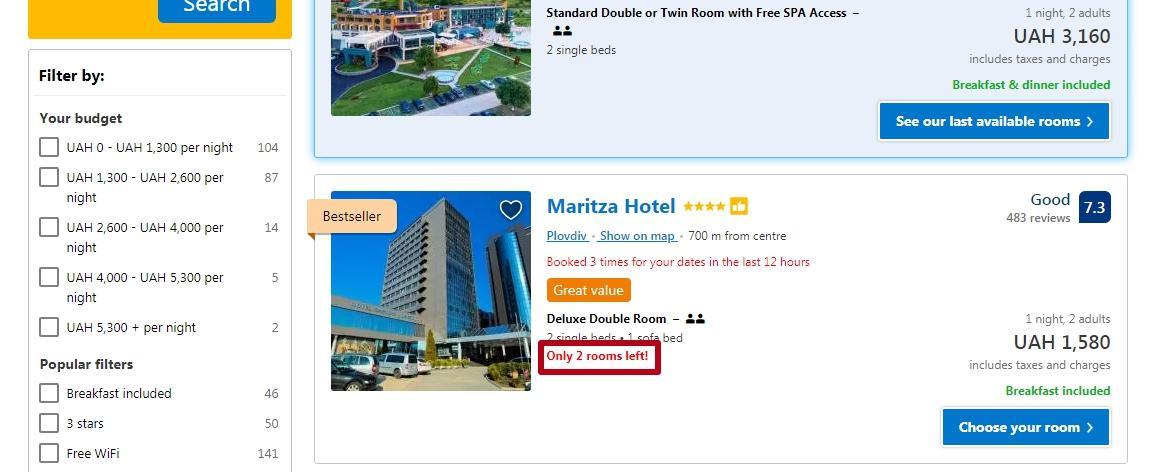
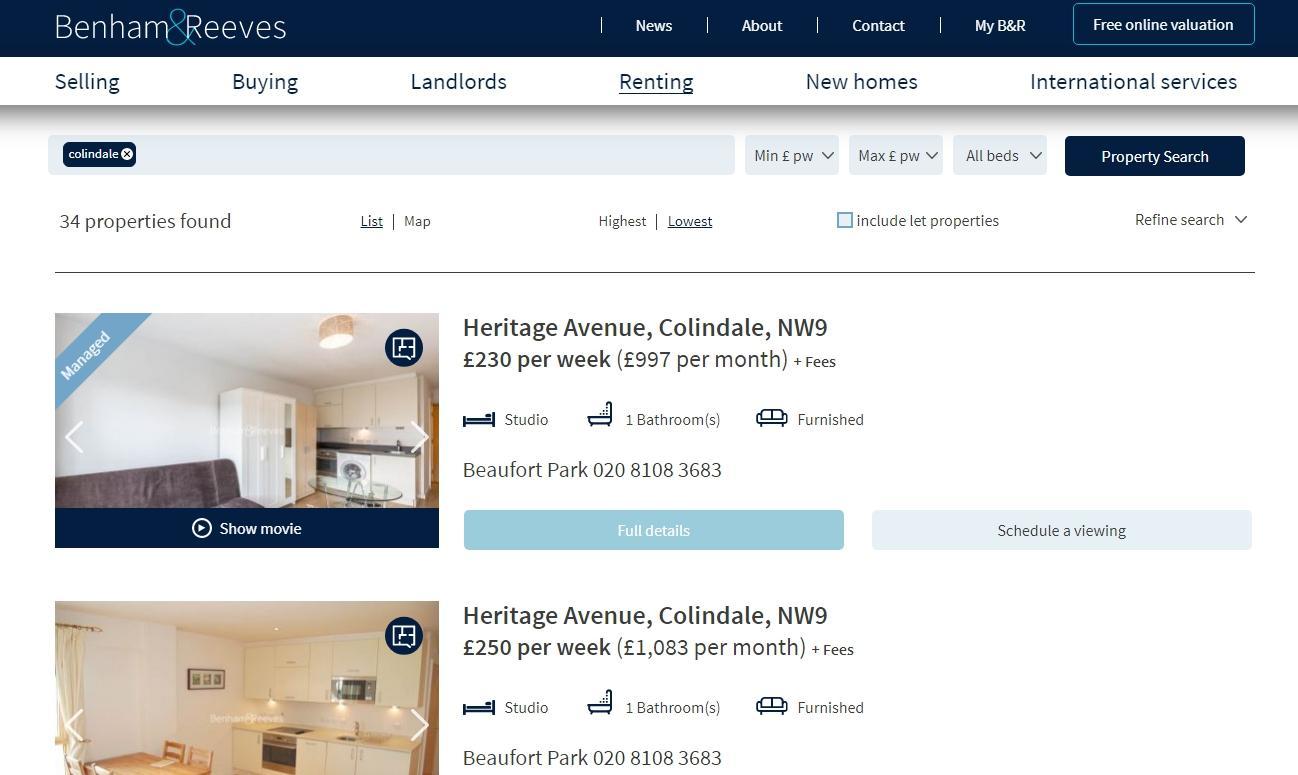
Trust: for medical and legal service websites, online schools of foreign languages and other resources for which the staff qualification is important, you need to place certificates and licenses that inspire the trust of potential customers:
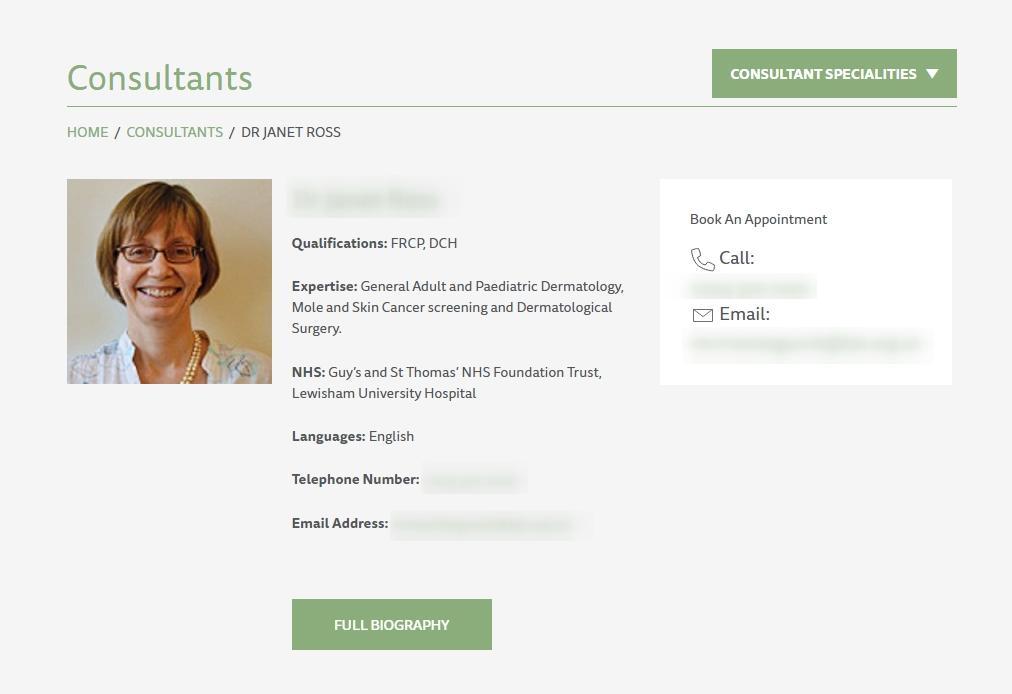
Conclusion
- Triggers must be used on any commercial website in order to attract and retain customers, turn them into brand followers who are ready to recommend the company to their relatives and friends.
- For the effective selection of suitable triggers, it is worth exploring the competitors' websites and focusing on the characteristics of the field of activity. It is important to focus the attention of the potential client on why it is worth taking advantage of the company's offer right here and now.
- Emphasizing the benefits, limitations, and exclusivity of the proposal are quite universal options that can be used regardless of the type of business.
Speed up your search marketing growth with Serpstat!
Keyword and backlink opportunities, competitors' online strategy, daily rankings and SEO-related issues.
A pack of tools for reducing your time on SEO tasks.
Discover More SEO Tools
Tools for Keywords
Keywords Research Tools – uncover untapped potential in your niche
Serpstat Features
SERP SEO Tool – the ultimate solution for website optimization
Keyword Difficulty Tool
Stay ahead of the competition and dominate your niche with our keywords difficulty tool
Check Page for SEO
On-page SEO checker – identify technical issues, optimize and drive more traffic to your website
Recommended posts
Cases, life hacks, researches, and useful articles
Don’t you have time to follow the news? No worries! Our editor will choose articles that will definitely help you with your work. Join our cozy community :)
By clicking the button, you agree to our privacy policy.
